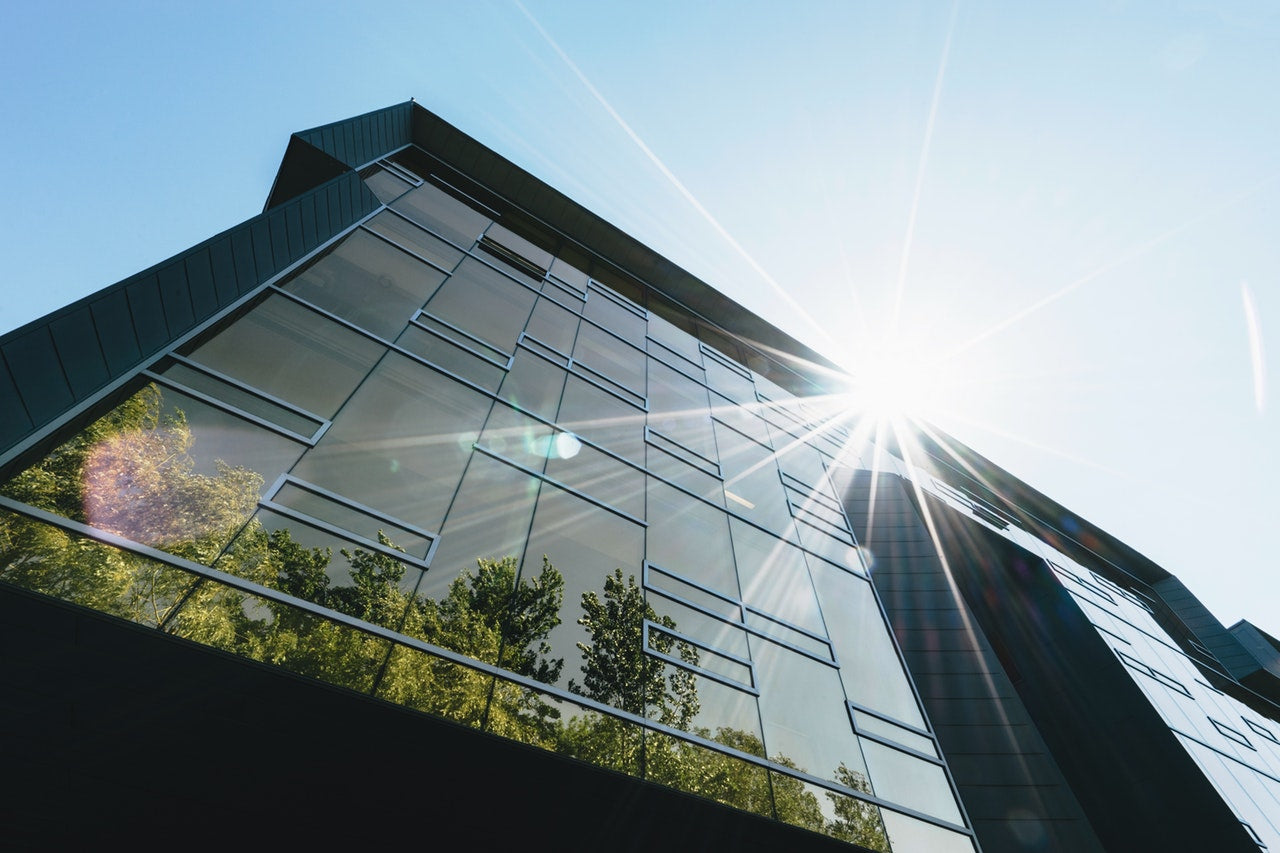This article first appeared in NDRC.org
In many cities, rainfall has become a source of pollution. Every year, an estimated 10 trillion gallons of untreated stormwater washes off paved surfaces, through sewer systems, and into waterways. More than 750 cities have sewage systems that overflow into nearby waterways during larger rainstorms. Raw sewage, motor oil, and other pollutants can end up contaminating drinking-water supplies and beaches, increasing health risks, degrading ecosystems, and damaging tourist economies.

NRDC works to encourage the adoption of green infrastructure in cities. For example, we push for changing the design of rooftops, building rain gardens, and planting trees, all to capture rainwater where it falls. Collecting rain and allowing it to evaporate or soak back into the earth can be a cost-effective way for cities to control stormwater pollution, reduce flooding, and recharge groundwater supplies.
Our early advocacy for green infrastructure helped spark a shift in how cities approach water management. More places are looking to this method to meet their Clean Water Act obligations—sometimes as a result of an NRDC lawsuit—and create more sustainable water-management programs. In 2008, we helped push sustainable stormwater management legislation through the New York City Council, thereby encouraging green design and promising reductions in sewage overflows into local rivers and bays. And in 2013, after we fought a six-year legal battle, a federal appeals court found Los Angeles County liable for untreated stormwater that was polluting the Los Angeles and San Gabriel rivers, threatening the health of millions who use Southern California's beaches.
Because traditional public funding for stormwater control and infrastructure is limited, NRDC finance and policy experts work with city leaders to identify ways they can spur private investment in modern runoff-management solutions. In Philadelphia we helped the water department launch an innovative, competitive grant program to encourage the development of green infrastructure on private property. We also analyzed the economic benefits for private property owners, motivating this group to get involved in accelerating the spread of green infrastructure.

